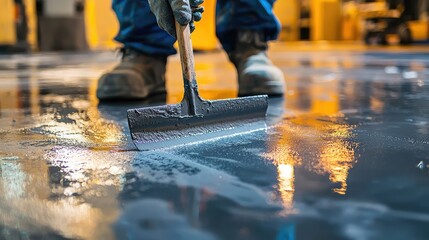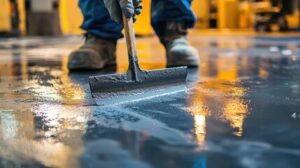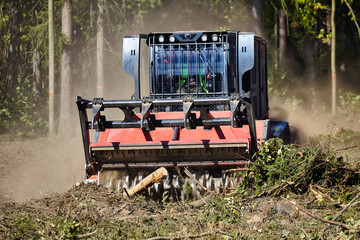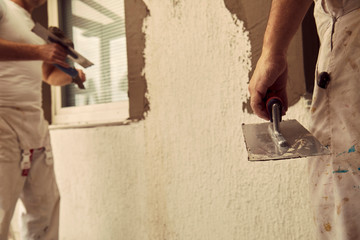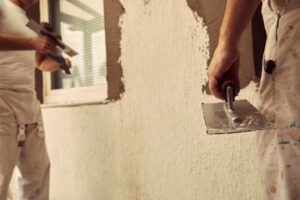Ceilings Perth are the overhead interior surface that can significantly impact the acoustic properties of rooms and lighting designs. They also play a crucial role in the structural integrity of the building.
While conventional plasterboard ceilings are common in many Australian homes, other options can add visual interest and acoustic control to any room.
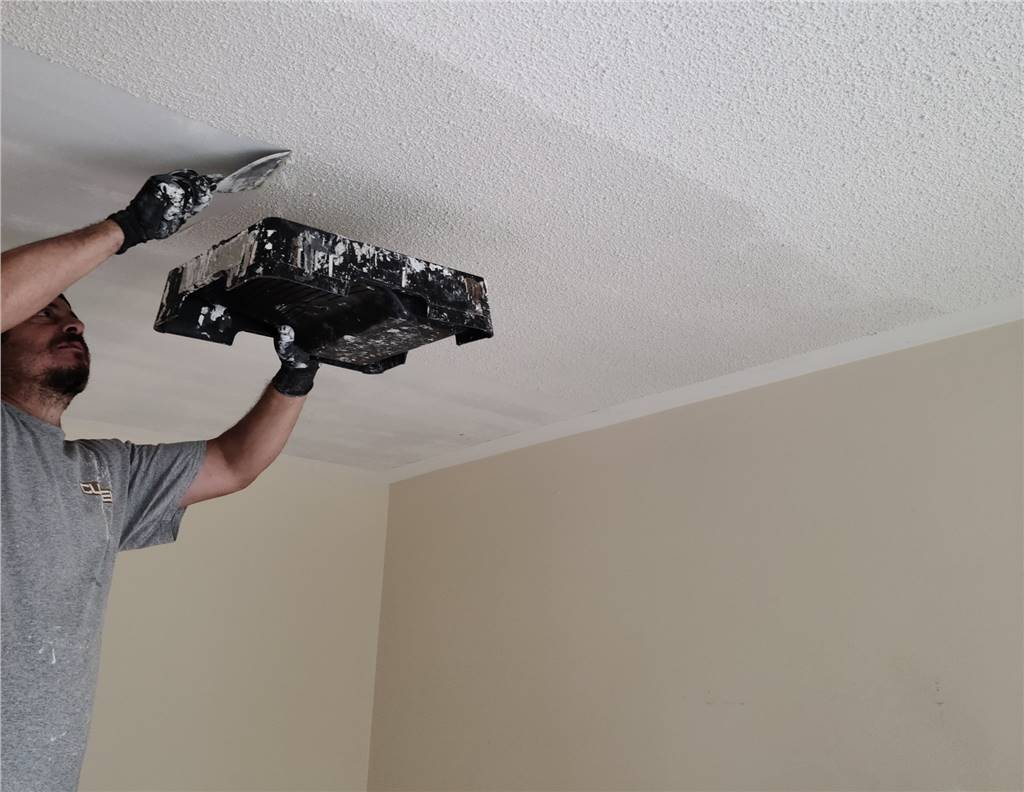
Wood ceilings offer a beautiful design option that complements any aesthetic. They’re also natural, improve acoustics, and provide a range of practical benefits. This includes insulating properties that help control indoor temperatures and reduce energy costs. Wood has natural air pockets embedded within its grains and a cellular structure that makes it highly adept at retaining cold and heat, reducing the need for artificial heating or cooling.
While paint colors, flooring, and furniture choices are often top of mind when designing a space, ceilings can make just as much of an impact. A simple coat of paint can give a room a pop of color or texture, but other materials like wood beams and shiplap can add eye-catching flair without taking up valuable floor space.
Whether you’re looking for a rustic country cabin or an urban modern loft, there are many ceiling designs that incorporate wood to create the perfect look. From coffered and tray ceilings to wood paneling, there are endless ways to accent these unique ceilings.
Shed ceilings are an attractive and functional ceiling design that’s a great alternative to traditional drop ceilings. They can be painted or stained to match the rest of the décor and are an excellent choice for acoustic or energy efficiency purposes. Wood ceilings are durable and long-lasting, but they’ll need regular maintenance to keep them in good condition. A yearly coat of sealant will prevent warping or deterioration and keep the wood looking fresh.
While wood ceilings aren’t as prone to fires as other ceiling types, they do present some challenges when it comes to installation. For example, they require a high level of precision and skill when installing in close proximity to MEP fixtures. As a result, it’s important to work with an experienced contractor to avoid any costly mistakes.
Unlike wood floorboards, wooden ceilings can be cut to size and installed using a system of prefabricated panels that snap into place. This allows for a quick and easy DIY project, but it may not be the best solution for spaces that require more extensive repairs or modification.
Metal
Metal ceilings are gaining popularity in modern commercial designs for their durability, sustainability, and eye-catching appeal. They may be more expensive upfront than traditional gypsum ceiling products, but their longevity and minimal maintenance requirements make them cost effective over the long term. The inherent strength of these ceilings enables them to withstand impact and reduce energy costs while also enhancing acoustic performance.
Durable metal ceilings can be specified to meet a variety of design and performance requirements, including humidity and fire ratings. They can also be integrated with other services, such as lighting and sound-absorbing fleece, to further enhance a space’s functionality. These durable ceilings are an excellent choice for high-traffic areas, and can be cleaned to remove dust and dirt without compromising their structural integrity or aesthetics.
Designers can add visual interest to their projects with a variety of different perforation patterns. From staggered linear patterning to bold arrays of uniform circles, metal ceiling options offer design flexibility that can be complemented with lighting and acoustic backers. These ceilings can be designed to create a dynamic pattern across panels that seamlessly transition from wall to wall, or they can function as metal suspended ceilings for enhanced acoustic performance.
In addition to their attractive appearance, these ceilings are easy to install. They can be installed over existing acoustic ceilings or in new construction, and they are also compatible with various types of mechanical systems. They are resistant to mold and mildew, making them an excellent option for kitchens or other cleaning-intensive environments. Additionally, they are inherently anti-microbial, which helps to improve indoor air quality.
The expert team at CertainTeed Architectural brings in-depth technical consulting and practical problem-solving skills to ensure your project is engineered for trouble-free installation as well as eye-catching design. Our experience and expertise enable us to provide a wide range of ceiling solutions that will complement your interior or exterior architectural vision. From the curved shapes of our timeless DOMUS line to the contemporary geometry of our FLUID, we can bring your design concept to life.
Beamed
Ceiling beams are a popular way to add character to a room. They can be incorporated into various types of interior design styles, from rustic to modern farmhouse. While some homeowners shy away from exposed beams because of the difficulty involved in installing them, there are ways to integrate this dramatic architectural detail into a home that makes it look seamless and beautiful.
If you’re converting an older house with conventional flat ceilings into a vaulted space, you may want to choose a simple style for your exposed beams. If you want a more traditional or rustic look, use wooden beams that match the color of the walls. For a modern touch, try using a painted faux beam.
While beams are typically made of wood, they can also be made of other materials such as concrete and steel. For example, a vaulted ceiling constructed with scissor trusses may feature a combination of glulam and steel beams. While both steel and glulam are strong, they’re not as visually appealing as wood beams.
Another option for a beamed ceiling is to make the exposed beams appear decorative rather than structural, by covering them with drywall. This creates a more clean and contemporary look. You can even paint the drywall to match the beams and walls for an integrated style.
It’s important to note that while ceiling beams can enhance the overall design of a room, they can also make the space feel smaller. It’s recommended that homeowners carefully consider their room’s dimensions before implementing ceiling beams, especially in small rooms.
A good idea is to use a light color for the ceiling and beams, which can make a room feel larger and more open. Then, you can use darker accent colors to highlight features of the room such as molding or fireplaces.
For a bolder look, you can cover ceiling beams with patterned wallpaper for an unexpected pop of color. This design feature is perfect for a dining room or kitchen like this colorful dining room by Colleen Simonds or this bright and airy kitchen by Desiree Burns. Matching the color of the wallpaper with the beams and paneling will keep the ceiling from becoming too jarring or overwhelming.
Fiberglass
Fiberglass is a common material found in many different household and commercial items, such as ceiling tiles, shingles, flooring, carpeting, and cars. It is a tough and durable material that can withstand a lot of wear and tear. It is also easy to install, saving you time and money. This makes fiberglass ceilings a popular choice for many homeowners and contractors alike.
Unlike other ceiling materials, fiberglass is non-combustible and won’t contribute to fires or increase their spread. This feature is especially important in areas where people will be present, such as hospitals and clinics. It is also resistant to moisture, making it ideal for areas that might experience high humidity levels, such as bathrooms and kitchens.
Another advantage of fiberglass ceilings is that they are designed with sound absorption in mind, which can help to reduce noise levels in a space. This can make a room or building more comfortable and enjoyable for everyone. Moreover, fiberglass can help to save energy costs by reducing the amount of heat or air needed to keep a space at an acceptable temperature.
If you choose to use fiberglass ceiling tiles, it is important to prepare the surface before installing them. This will ensure that the tiles adhere correctly and do not fall off later. The area should be clean and dry to create a smooth base for the tiles. It is also a good idea to use adhesives that are specifically designed for this type of ceiling tile, as they will provide a strong bond and prevent water damage.
Fiberglass ceilings are also easy to clean and maintain, so you can rest assured knowing that they will stay hygienic and safe for patients. This is particularly important in healthcare facilities, where germs can easily spread from patient to patient. Fiberglass ceilings are designed with no seams or cracks, which means that they will be easier to wipe down and sanitize. They are also resistant to moisture and regular cleaning products, making them a great option for places that need to be kept sterile.
Whether you’re looking for a new way to decorate your home or office, a fiberglass ceiling may be the perfect option. These ceilings are available in a variety of colors, textures, and designs to suit any decor style. They are also easy to maintain and can withstand a lot of wear and


![21 Bathroom Remodel Ideas [The Latest Modern Design]](https://i.pinimg.com/736x/99/08/5c/99085ca38bab005bea47c338a0928d72.jpg)

